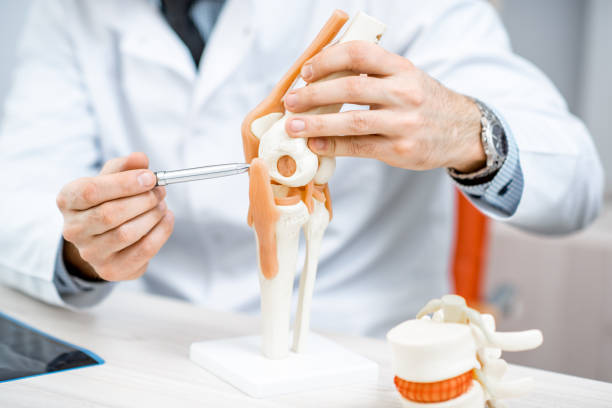Orthopaedic Trauma

Orthopaedic trauma refers to severe injuries affecting the musculoskeletal system, including bones, joints, muscles, and ligaments, often resulting from incidents like falls, vehicle accidents, sports injuries, or violent encounters. This field addresses a broad spectrum of injuries, ranging from simple fractures to complex multiple bone breaks, dislocations, and soft tissue damage. The primary goal in orthopaedic trauma care is to restore the patient's function and mobility through accurate diagnosis, prompt treatment, and comprehensive rehabilitation. Treatment often involves surgical interventions such as internal fixation, where metal plates, screws, or rods are used to stabilize broken bones, or external fixation, where a stabilizing structure is positioned outside the body. Advances in imaging technology, such as CT scans and MRIs, have significantly improved the ability to assess and plan for complex repairs. Rehabilitation is crucial, involving physiotherapy to regain strength, flexibility, and coordination, and often requires a multidisciplinary approach that includes pain management, occupational therapy, and psychosocial support.


